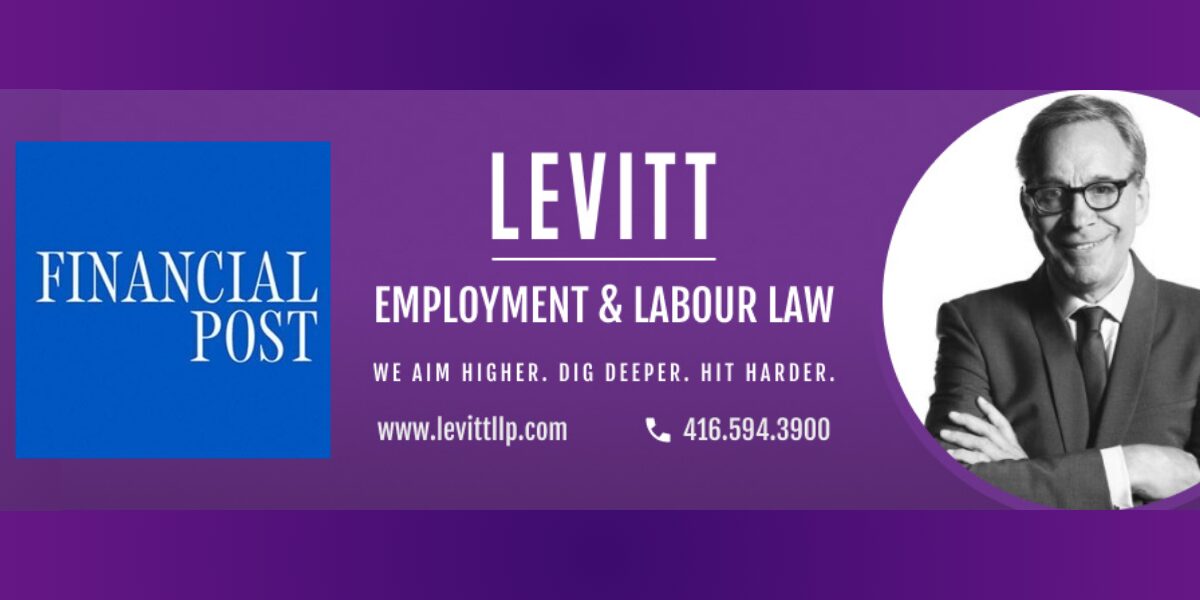By Howard Levitt and Candice Malan
Signals a fundamental shift in the Canadian employment landscape
In May, our national jobless rate climbed to a sobering seven per cent. That is not just a statistic; it is a flashing red light, marking the highest level in almost nine years, not counting those bizarre pandemic peaks.
We now have 1.6 million people actively looking for work, and their searches are taking longer. The average job search now drags on for 21.8 weeks, up nearly 20 per cent from only a year ago. Gone is the tight job market you have heard about for years. The hiring spree has slowed to a crawl, with only a slim 8,800 new jobs added across the country last month, according to Statistics Canada. That is only about half of one per cent of those looking for work.
For employers, this means a larger pool of available talent. For employees, it means a workforce with fewer options, and a whole new ball game when it comes to job security — and, critically, what you are owed if your employer decides that you are no longer part of their plan.
Employees: your severance cards just got stronger
Forget the old playbook where employers thought they could offer low severance because employees could quickly find a new job. That seven per cent unemployment rate, and the fact that it now takes almost half a year to find a new job, fundamentally changes the rules of the game.
Many think severance is a simple math equation: take your years of service, multiply by some number and — presto! That is your payout. They might only know about those basic government minimums, which are, frankly, ludicrously low in most cases. But the real game is governed by common law severance. This is where a judge looks at your unique situation and decides how much you should receive to find a comparable new job.
Here is what most people do not realize: the job market itself is a huge factor in that calculation. When unemployment was low, a judge might assume that you could land on your feet quickly. But now? With 1.6 million people fighting for scraps and job hunts dragging on for nearly six months, your “re-employability” just plummeted.
That means a judge will almost certainly award you a longer notice period. So, if your boss hands you a pink slip and an offer, that offer is now worth significantly more than it was a year ago. If you take their first (usually paltry) offer without obtaining proper legal advice, you are invariably leaving a lot of money on the table.
And the layoffs are coming. TD Bank just announced 2,000 job cuts. The Canada Revenue Agency (CRA) just slashed more than 6,600 positions, and major employers in tech, telecom and manufacturing are cutting jobs.
The very fact of those layoffs increases the likely wrongful dismissal damages of each company’s employees, as large-scale downsizing in an industry means that there are more workers competing for fewer industry jobs. The increased difficulty they will now have finding comparable employment is precisely what their lawyers will be arguing in support of greater wrongful dismissal damages.
These are not isolated cases; it is a trend. These are not just numbers; they represent major organizations making difficult calls in a strained economy. If it can happen to them, it can happen to anyone, and knowing your rights is essential.
Employers: your termination costs just increased
If you are running a business, that seven per cent unemployment rate, despite suggesting a bigger talent pool, actually means your potential termination costs just jumped.
You might think a softening market means that you can be tougher with employees. Think again. When you are laying off staff, especially when giants like TD and the CRA are making headlines for their own cuts, judges are going to be less sympathetic to employers who lowball severance offers.
Common law notice/severance periods will increase, as will your exposure for wrongful dismissal claims. The risk of having to pay out more — often far more — than you budgeted is higher than ever. Do not be penny-wise. Trying to save a few dollars on severance now can cost you tens of thousands, or even hundreds of thousands, in legal fees and higher awards down the road.
This is especially true when economic pressures — like those U.S. tariffs hitting our auto and manufacturing sectors — force your hand. Layoffs due to economic strain do not excuse you from your legal duties; they highlight the importance of getting it right the first time.
This is not just about the money, either. If you act without proper legal advice, or if your company is perceived as treating employees poorly during a termination, you expose yourself to aggravated or punitive damages. In a market where everyone is feeling the pinch, courts remain vigilant in holding employers accountable for bad faith conduct in terminations.
The bottom line: adapt or pay the price
The seven per cent unemployment rate signals a fundamental shift in the Canadian employment landscape.
For employees, this new reality means higher common law severance entitlements and greater protection when jobs end. For employers, it signifies an increase in termination obligations, making attempts to cut corners a very costly error.
Navigating this changing market requires understanding these new dynamics, rather than relying on outdated statutory guidelines. Failing to adapt to the new rules will prove to be a very expensive mistake.

